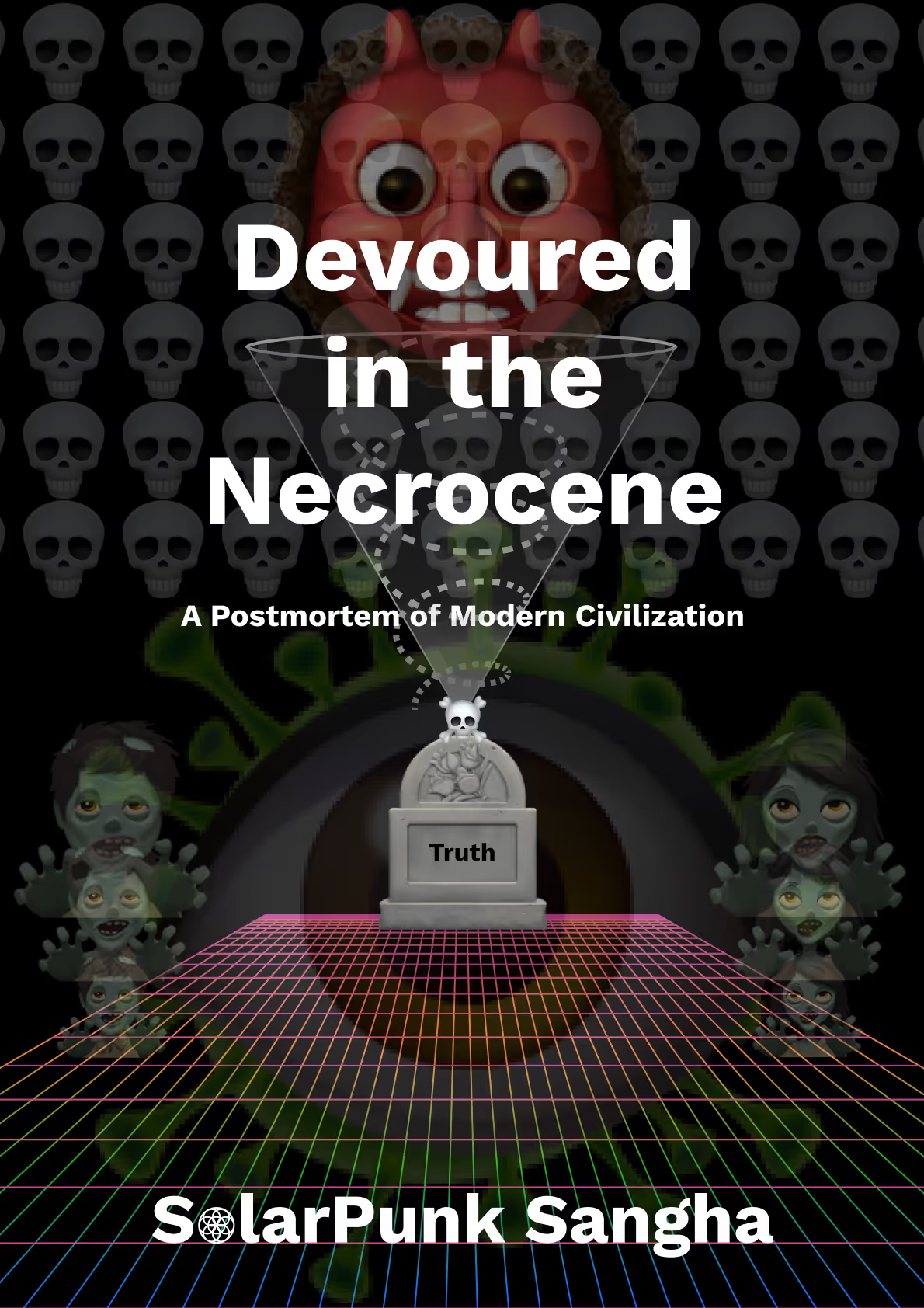Biocracy
Foundational Logic
✴️ Symbiotic Commonwealth
🔮 Sustainability Theorems
A cross-domain analysis of Political, Economic, Cultural, and Ecological theories.
Political Theory
Bioregional Governance
Economic Theory
Circular Economics
Cultural Theory
Cultural Flourishing
Ecological Theory
Ecopolis
The Life Economy: Systems designed around ecological and community health.
📑 Observations
Establishing a triage containing observations of social experience.
🪞 Self-Enquiry
How would living under Bioregional Governance change my relationship to place, and what would a local economy based on Circular Economics look and feel like on a daily basis?
🩺 Diagnosis Questions
1. Do decisions honor ecological carrying capacity?
2. Does the economy mimic natural systems?
3. Are cities designed as ecosystems?
Related Variables
- Ecological footprint vs. biocapacity
- Circular economy metrics
- Biodiversity correlation with human well-being
"The Earth is our mother, and we are all her children." — Atharva Veda 12.1.12
🩻 Targeted Organ
The Biospheric Liver
Capacity for Metabolic Balance
🧾 Rationale
To ensure human activity enhances, rather than depletes, the ecological systems we are part of.
💉 Extraction/Cultivation
Bioregional governance, circular economics, and rights of nature legal frameworks.
😷 Defense/Propagation
Ecological Immunity: The system's inherent ability to identify and isolate extractive elements, healing them or rendering them harmless.
❌ Tetrad Analysis
- Object of Perception: Governance / Economics
- ENHANCES: Ecological intelligence; adaptive management; place-based wisdom; circular flows
- OBSOLESCES: Bureaucratic centralization; extractive economics; disconnection from place
- RETRIEVES: Indigenous governance principles integrated with modern systems thinking
- REVERSES INTO: Governance becomes as natural and invisible as healthy ecological cycles
📝 Partial Diagnosis
Ecological Intelligence: Governance and economics operate on biological principles—circular flows, adaptive intelligence, and nested cooperation.
⚗️ Research Repository
🔮 Engagement Circle
🧊 Life Course
🎓 Case Study
Kerala's Local Self-Governance Model (1990s-present)
Kerala State in India demonstrates biocracy through decentralized panchayat (village council) governance aligned with bioregional watersheds, participatory planning processes, circular economic initiatives, cultural preservation programs, and eco-city development in Kochi.
Sources: Kerala Institute of Local Administration | Centre for Development Studies | UN-Habitat Kerala Case Study
📚 Literature
"The Ecology of Freedom" by Murray Bookchin (1982)
Bookchin's vision of social ecology and libertarian municipalism provides theoretical foundation for bioregional governance, where human communities organize according to ecological principles and direct democratic participation.




